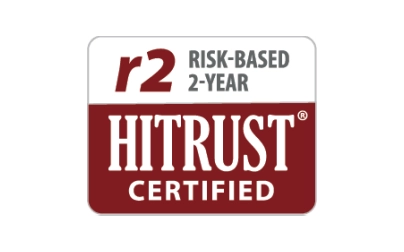Four out of five Americans think prescription drug prices are unreasonable, according to a consumer poll conducted by Kaiser Family Foundation.
Out of the 55 percent of Americans taking prescription drugs, 26 percent experience difficulty affording them, the survey also revealed. This is especially true among individuals taking multiple medications.
Affordability will remain an issue for many as drug prices continue to increase at double-digit rates in 2017. A report published by Segal Consulting predicts prescription drug costs for people under age 65 will rise 11.6 percent this year, up from 11.3 percent in 2016. Drug costs for older Americans are estimated to increase 9.9 percent, compared to 10.9 percent last year.*
The skyrocketing cost of specialty drug prices is projected to continue with an 18.7 percent jump this year, just slightly lower than last year’s 18.9 percent increase.
“While typically less than 1 percent of all medications are specialty drugs, survey respondents indicated those drugs now account for 35 percent of total projected prescription drug cost trends for 2017,” reports Segal.
Human and Economic Toll
Hand-in-hand with rising prescription drug prices are rising concerns regarding cost-related nonadherence, which is at the top of a long list of medication compliance barriers.
Researchers have found that up to two-thirds of Americans do not take their medications as prescribed (e.g., discontinuing therapy, taking less than the prescribed dose), despite evidence that they can improve quality of life and prevent disease progression and premature death.
Not only does medication nonadherence result in reduced treatment benefits and preventable health complications, it leads to greater employee absenteeism and productivity loss, increased utilization of emergent care services, and avoidable hospital readmissions.
In the U.S., the estimated direct and indirect costs of medication nonadherence totaled $337 billion in 2013. The rate of nonadherence is expected to increase as the country’s population ages, the burden of chronic disease rises, and prescription drug prices continue to escalate.
With such a high human and economic toll, it’s easy to understand why so many organizations — from health insurance providers to digital health companies — are working fervently to develop solutions and implement strategies for reducing medication nonadherence.
Addressing Multiple Barriers
While technological innovations like smart phone apps and smart pills with ingestible sensors can help monitor and improve adherence and ultimately boost clinical outcomes, they alone can’t address many of the significant barriers that prevent patients from complying with their prescribed medication regimen, such as high drug costs, provider miscommunication, low health literacy and lack of transportation to a pharmacy.
Nor do they address the numerous deeply held beliefs that stop patients from following their doctor’s orders, whether it’s a fear of adverse side effects, a denial of a condition’s severity, or a belief that a medication isn’t necessary or effective.
Multi-Pronged, Collaborative Approach
Medication nonadherence is a complicated, complex and all too common problem. Successfully elevating adherence demands a multi-pronged, collaborative approach including participation from all stakeholders from policymakers and providers to payers and patients.
It requires not only high-tech devices, but also strong, trusted patient-physician relationships and personalized support teams who take the time to truly understand the needs, beliefs, values and preferences of noncompliant patients; educate them on their condition and options; engage them in the decision-making process; and empower them to make the right choices for their physical and economical well-being.
Built on nearly 30 years of in-depth clinical knowledge and consumer influence expertise, Carenet’s Medication Adherence Solution overcomes the multiple obstacles that prevent prescription drug compliance. As a result, we substantially improve clinical and financial outcomes.
To learn about our proven intervention strategies, click here to download our e-book Overcoming Barriers: The Faces of Medication Nonadherence.


